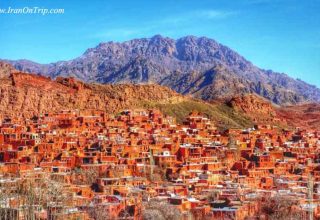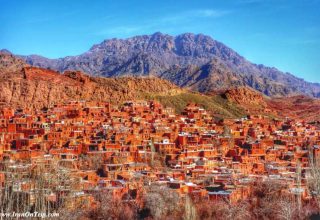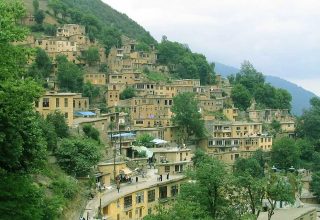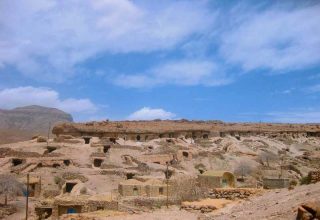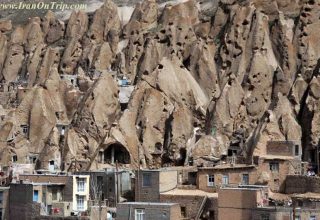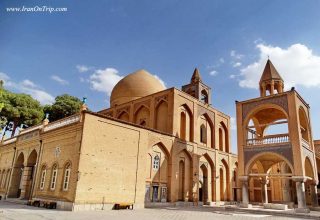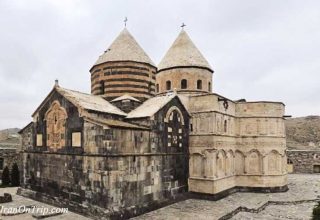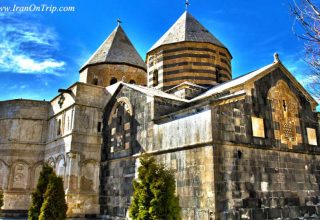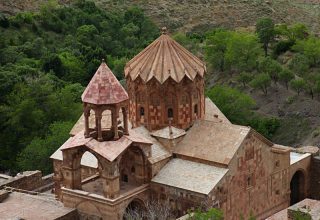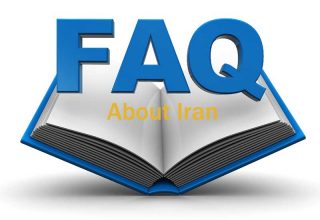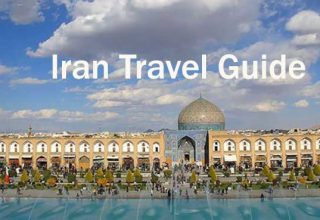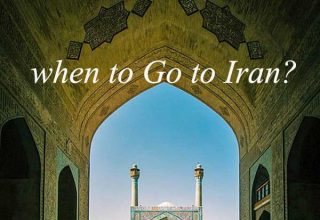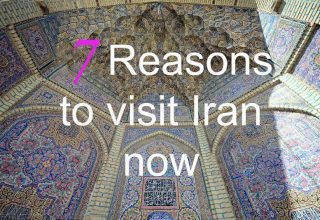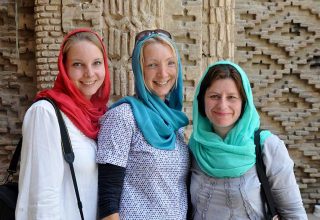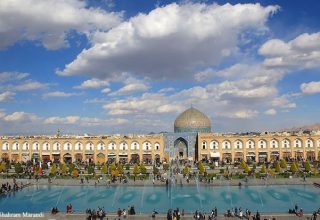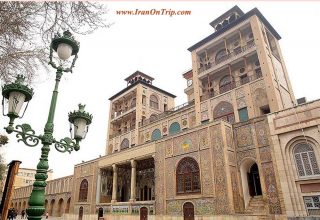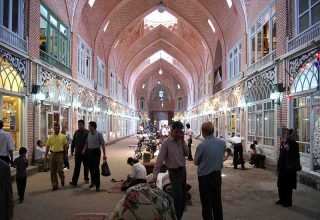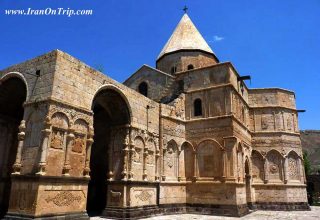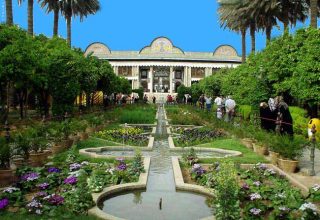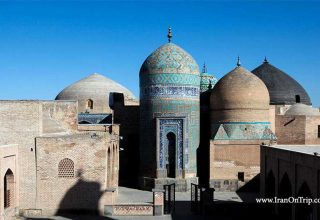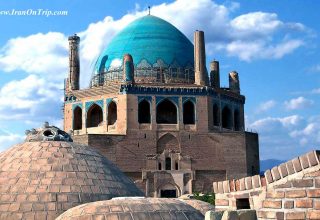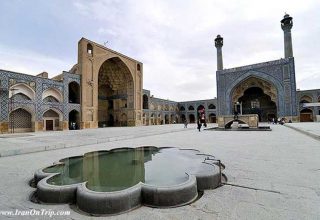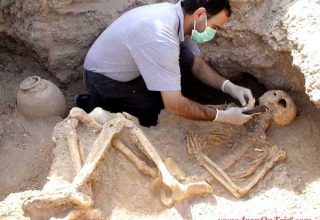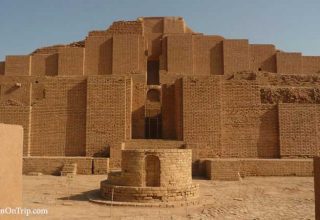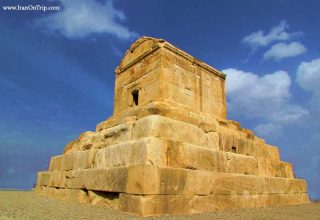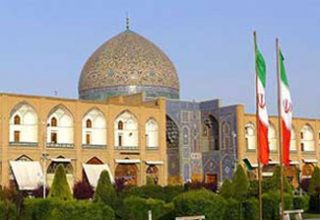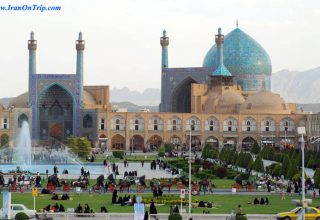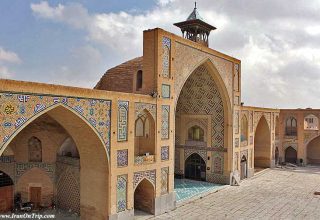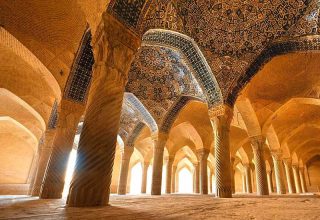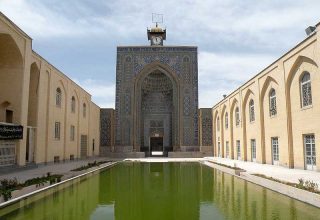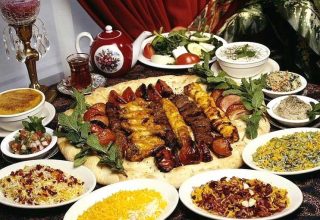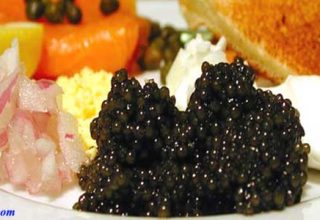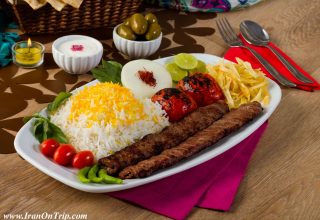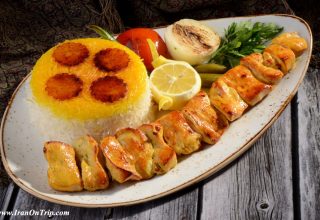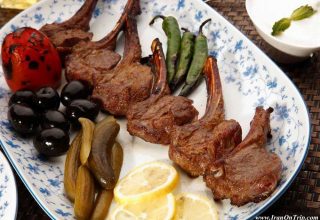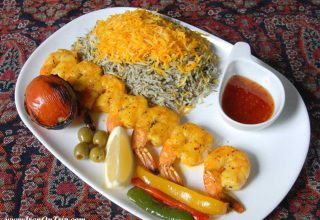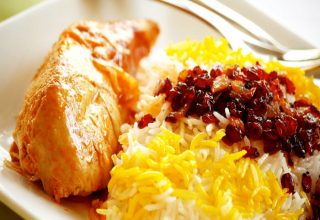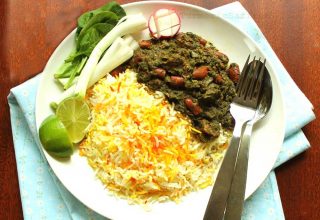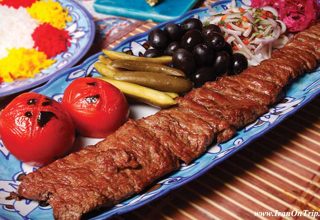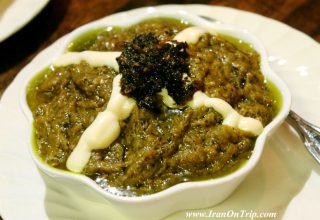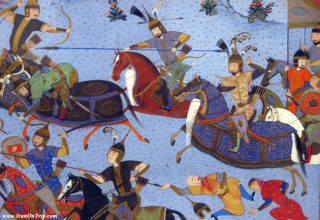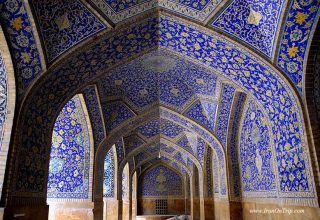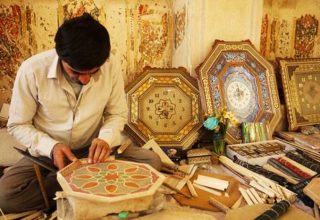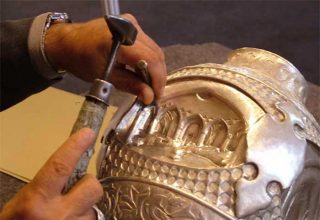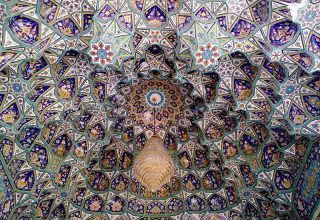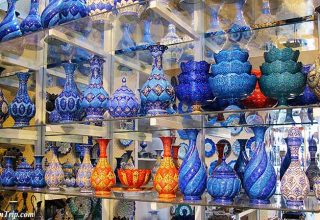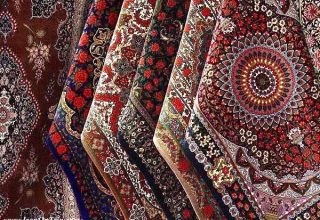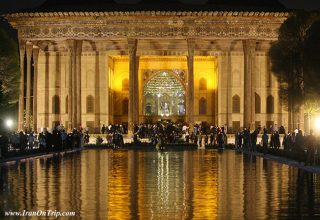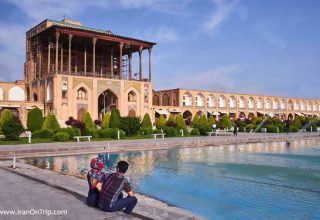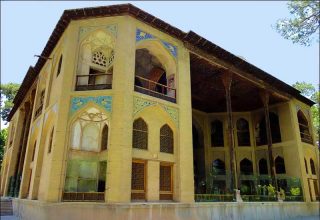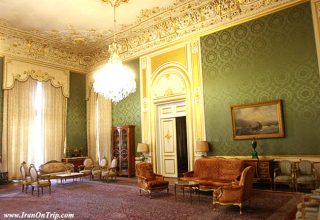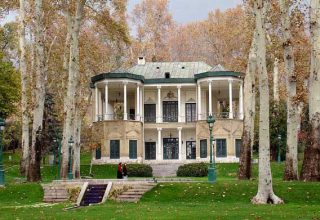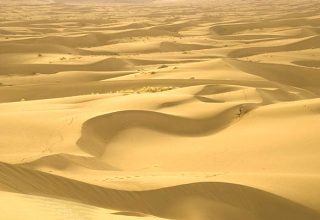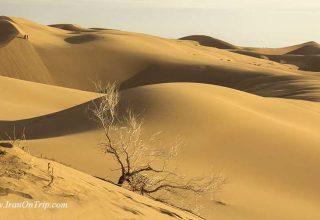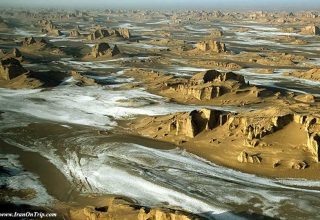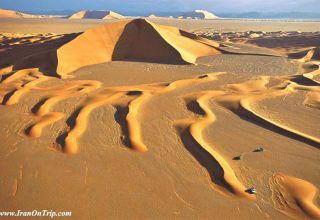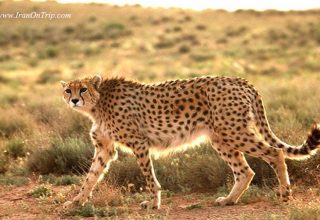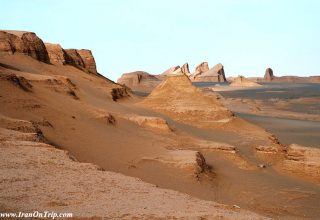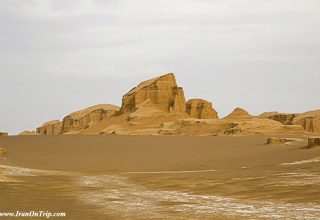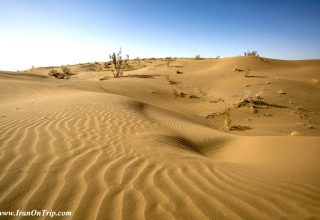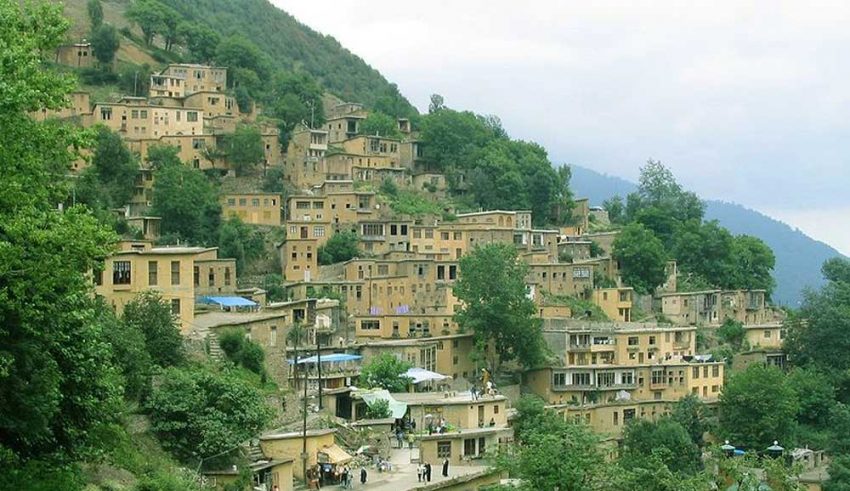
Masouleh, Village On the Rooftops
The historical town of Masouleh, having an attractive nature and a wonderful architecture with an antiquity of more than 1000 years, is situated at a distance of 35 km from Fooman and 60 km from Rasht, and 1050 m. above the Caspian Sea. Masouleh is registered as historical towns in the historical & cultural heritage register under the number 1090.
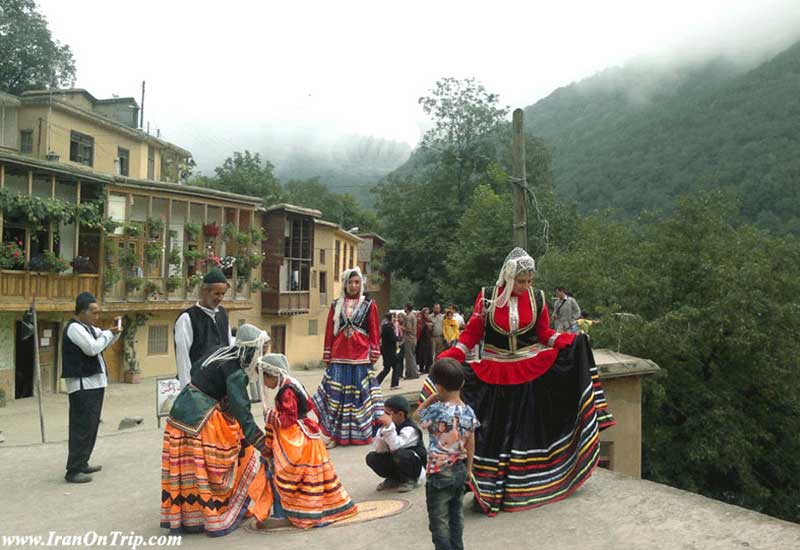
This beautiful complex, remained from history with traditions, manners and customs, handicrafts, and many natural and historical sites, is the host of thousands of eager guests and travelers every year.Masouleh is a city in and the capital of Sardar-e Jangal District, in Fuman County, Gilan Province, Iran.Historical names for the city include Māsalar and Khortāb. It was founded in the 10th century AD.Masouleh is approximately 60 kilometers southwest of Rasht and 35 kilometers west of Fooman. The village is 1,050 meters above sea level in the Alborz mountain range, near the southern coast of the Caspian Sea.
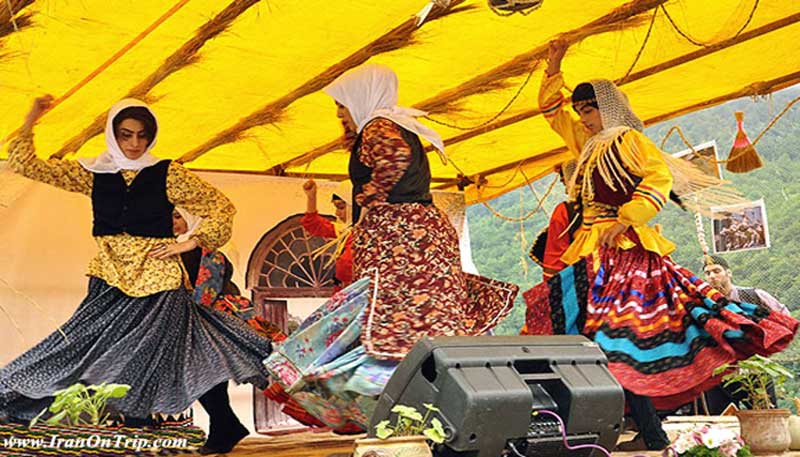
The village itself has a difference in elevation of 100 meters. Its population has declined since the latter half of the 20th century, reducing from 3,500 to 900 at the turn of the century.The native people of Masouleh speak Talesh, a Northwestern Iranian language spoken in the northern regions of Gilan, Ardebil and the southern regions of the Republic of Azerbaijan.The first village of Masouleh was established approximately around 1006 AD, 6 kilometers northwest of the current village and is called Old Masouleh. People moved from Old Masouleh to the current village because of pestilence and neighbor attacks.Masouleh-Rudkhan is the river passing through the village with a waterfall 200 meters away from the village. Many other springs are also found around Masouleh which is surrounded by dense forests from valley to mount. Fog is the predominate weather feature of Masouleh.
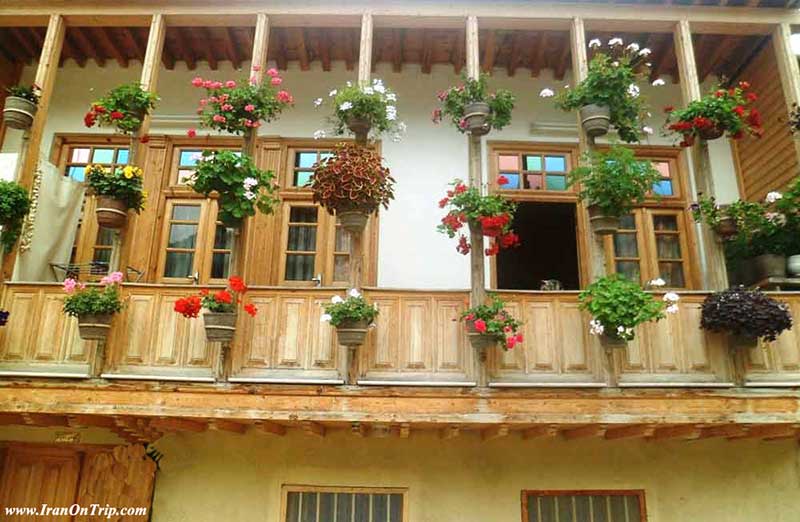
Due to its location, the climate of Masouleh village is different from much of Iran. Warm, moist air blowing southwest from the Caspian is blocked by the Alborz Mountains, creating heavy precipitation and fog on the seaward side of the mountains (this ecoregion is known as the Caspian and Hyrcanian Mixed Forests). Further inland, the landward side of the Alborz receives very little rainfall and rapidly becomes arid.
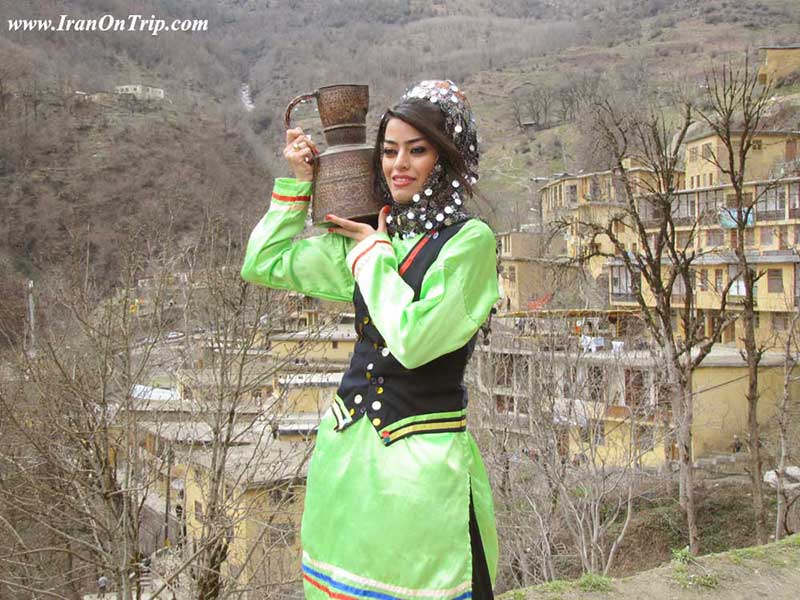
The roofs of houses on lower tiers are used as courtyards for houses on the tiers above them. In some cases, public streets are laid out along interconnected roofs.The organic layout and steep stairs have made motor vehicles impractical, so they are banned in the village. About 800 people currently live in the village.Due to being located on Caspian strip and having also suitable soil it is covered with luxuriant forests such as Tosca, Walnut, Hazelnut and Pasturages.Besides, there are waterfalls, small rivers and springs, that totally have created a beautiful and eye-catching natural landscape. Mountains of Masouleh enjoy some mines such as iron, Quartz, China root, zinc and Galena. In the time of King Fathali Qajar, existence of these mines caused to make cannons of Iranian artillery in Masouleh.
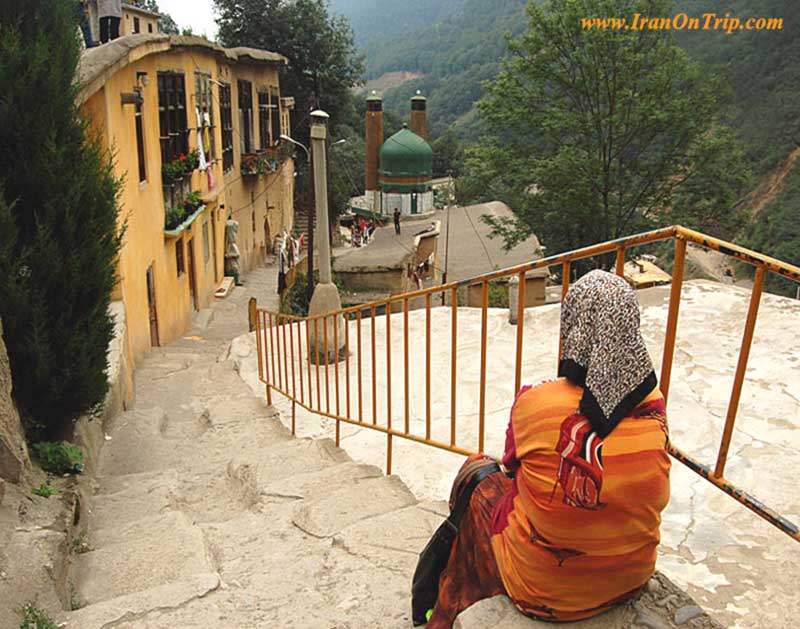
The village has one old barbershop, a bakery and a bookshop that airs old songs. An engraving by Sohrab Sepehri, the great modern poet of Iran, in one of Masouleh’s corners states “We came here to write, but Masouleh can’t be written, Masouleh should be seen.”
While Masouleh had once been the Silk Road of the Gilan region and people from far and near gathered there for business to sell and buy merchandise, however, as of late there are fewer signs of the young and old selling dream dolls and colorful socks in the alleys of Masouleh as people have migrated from this once trade center due to unemployment and lack of income.
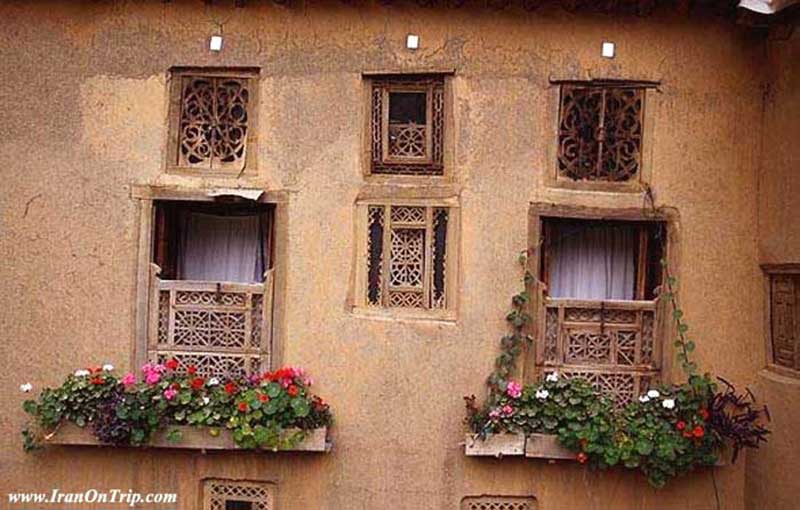
Masouleh architecture is unique. The buildings have been built into the mountain and are interconnected. Courtyards and roofs both serve as pedestrian areas similar to streets.Masouleh does not allow any motor vehicles to enter, due to its unique layout. It is the only city in Iran with such a prohibition. However, the small streets and many stairs simply wouldn’t make it possible for vehicles to enter.The spectacular architecture of Masouleh is popularly known as “The yard of the above building is the roof of the below building”.Yellow clay coats the exterior of most buildings in Masouleh. This allows for better visibility in the fog.Buildings are mostly 2 stories (1st floor and below floor) made of adobe, rods and bole.

A small living room, big guest room, winter room, hall, WC and balcony are usually found in 1st floor. A cold closet, barn and stable are located on the floor below, which are connected to the upper floor by several narrow steps inside the building.Most houses have rooms specially designed for winter and summer and a small veranda extends from the front of the house. The room used in the winter, known as Sumeh, is at the far end of the house, and does not allow in much light. In the middle of the room is a fireplace, which the household uses to cook and keep warm.
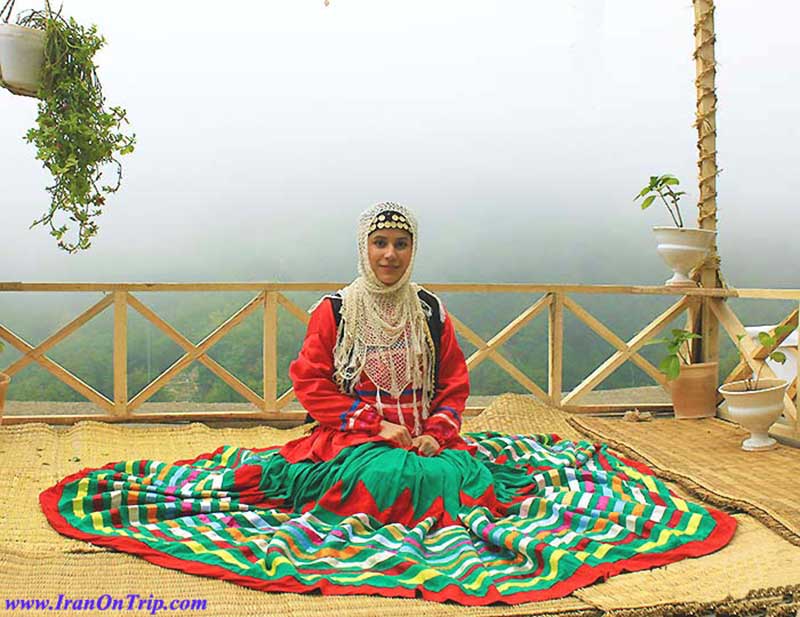
The summer room has lattice windows made out of wood and colorful glasses, which should be pushed upward to open. The rooms usually contain built-in shelves decorated with copperware, small pantries, tiny windowpanes and mirror frames mounted on the wall.
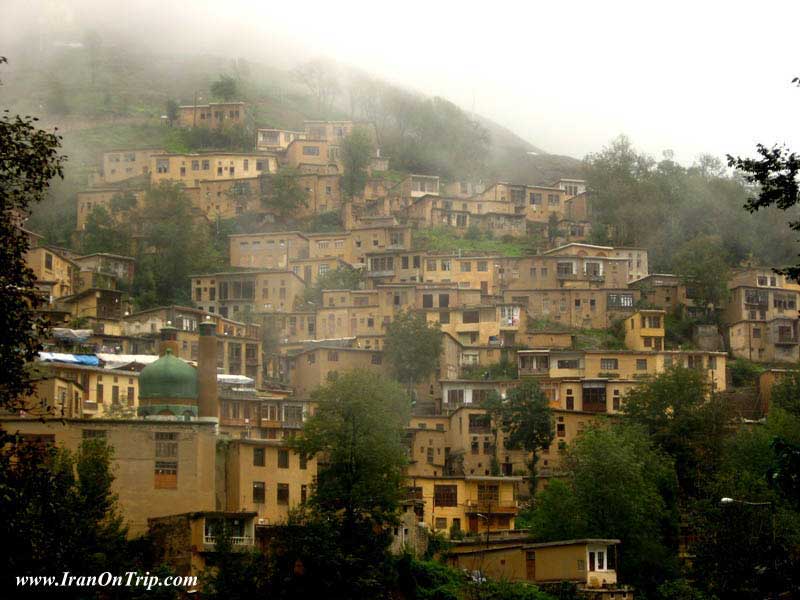
The materials used for building the houses include mud-bricks, stones, timber and clay. A layer of dried leaves of fern is applied between the mud and wood timbers in the ceiling to insulate against the leakage of water into the house.The configuration of the houses has made it impossible for cars to drive in, leaving the village pathways and rooftops indistinguishable.There are four main local communities at the city named: “Maza-var” (meaning beside the Mosque) at the south, “Khana-var” (beside homes) at the East, “Kasha-sar” (stretched on top) at the North, and, “Assa-mahala” (Assad community) at the West.Apparently, down town is the Market (Bazaar) area and also the main mosque of the city, named “O-ne-ben-ne Ali” (Awn Ibn Mohammad Ibn Ali Ibn. Abi Taleb) built in 969 AD.
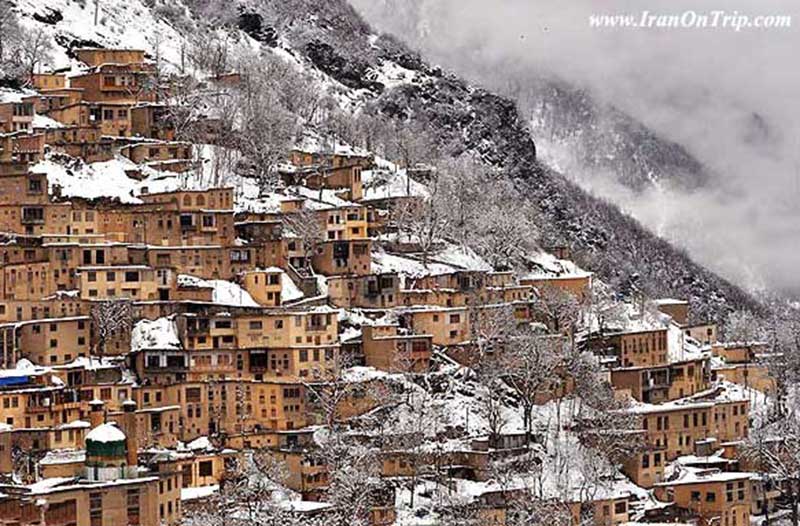
The native language of Masouleh’s inhabitants is Taleshi, a language spoken by fewer than a million people around the western and southern shores of the Caspian Sea.Taleshi (dialect) is spoken in Masouleh which consists some Russian, Turkish, Arabic, Persian and Gilaki words.Products such as kilim (rug made of goat’s hair), Jajim (a carpet made of wool or cotton), Chamush (traditional shoes), clothes, knives and silk scarves are some of the items sold at the bazaar.The biggest mosque in Masouleh is the Jameh Mosque, where people gather to perform their daily prayers.The second most popular is the Saheb-az-Zaman Mosque, which dates back to the 12th century AD.One of the main shrines in Masouleh is Imamzadeh Aun ibn Ali. Locals call it Qalandar Khaneh, a term that dates back to the Safavid era (16th century) and means home of a wandering dervish.This beautiful shrine has an octagonal structure and the door, made of ebony, is carved with impressive designs. Inside the shrine is a 1,200-year-old inscription with verses from the Holy Qur’an.In addition to being close to the sea, Masouleh is located in a mountainous and high-altitude region. Hence, its climate is a blend of moderate mountainous weather and humid coastal climate, which enchant tourists.
Forests, meadows and mountains can be observed from the village.
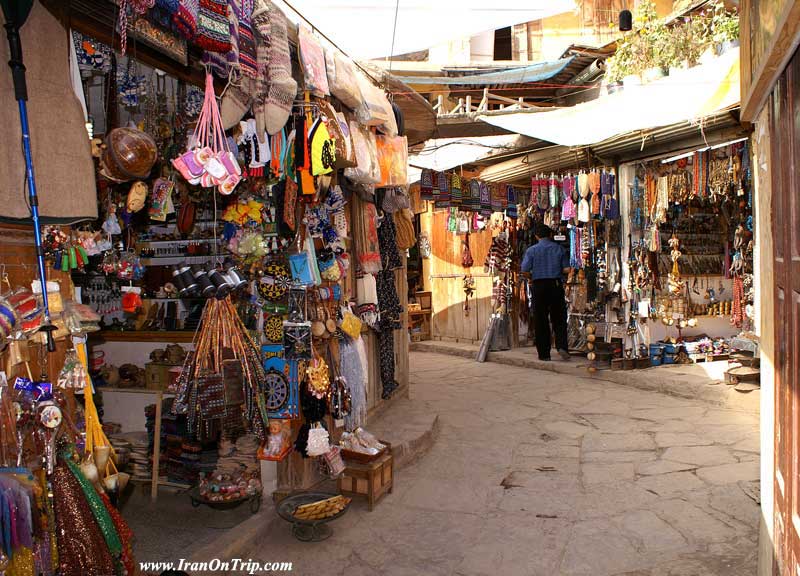
Masouleh’s market, which is a hub of trade, has four floors, with each independently linked to the market.
In the market are blacksmiths, knife-making shops, bakeries, grocery store and shops selling knitted dolls, colorful handmade socks and other handicrafts.Different parts of Masouleh have small, traditional coffee shops that host tourists with tea and a tasty local bread.
The village boasts of a blend of Taleshi, Torki and Gilaki cultures.
More By Firouzeh Mirrazavi:


